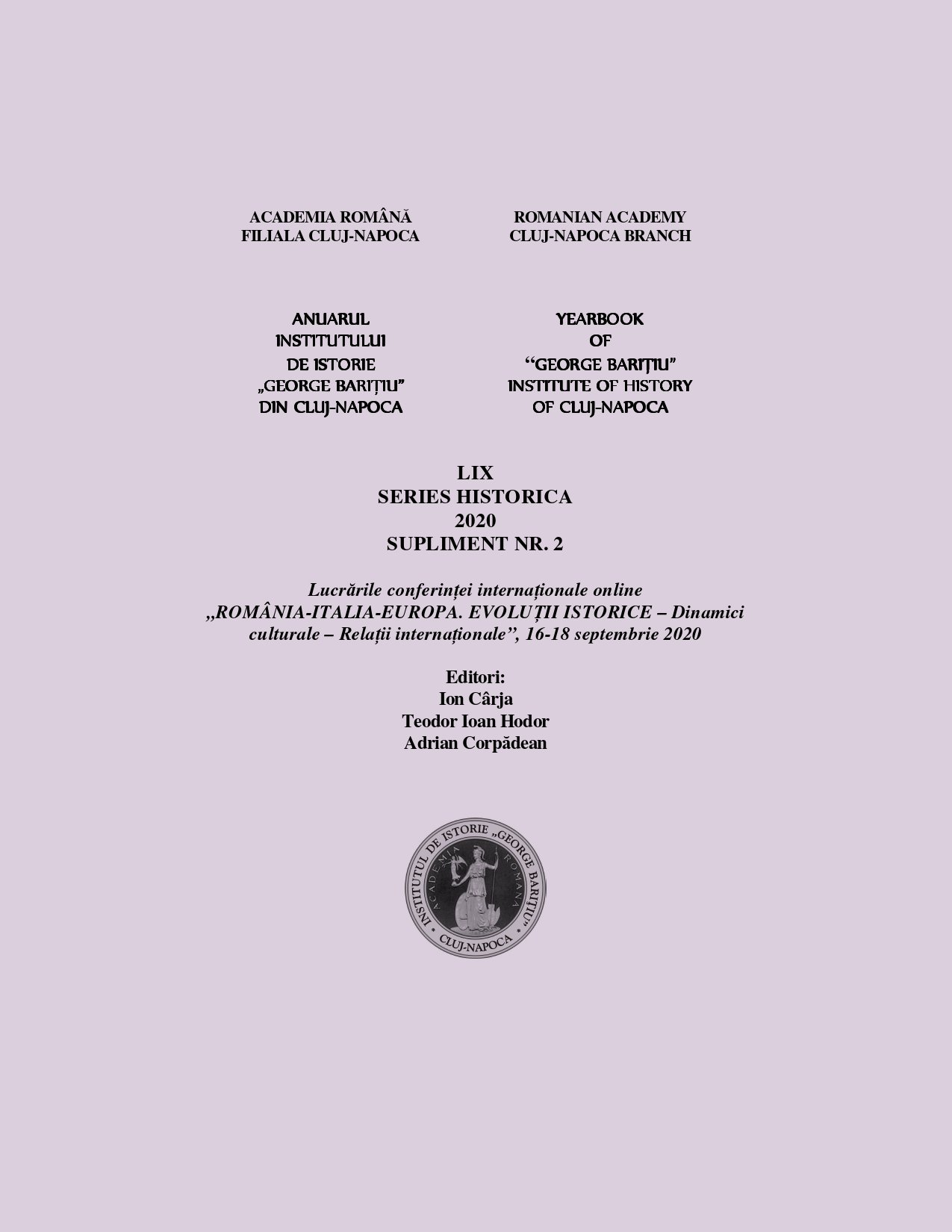Il movimento associazionista romeno in Bucovina nella seconda meta del XIX secolo
The Romanian associationist movement in Bucovina in the second half of the 19th Century
Author(s): Mirela TopoliceanuSubject(s): Political history, Social history, 19th Century
Published by: Editura Academiei Române
Summary/Abstract: This study focuses on the Romanian organizations created in the second half of the 19 th century with the purpose to fight for the Romanian language and culture, to preserve the Romanian identity and to prepare the movements for emancipation and national unity. With a shy emergence, with officially confessed goals to create libraries, reading rooms, to support philanthropic, musical or scientific actions, they register a special activation through the student societies, especially "Arboroasa" and "Junimea", but also "Bucovina" or "Dacia". Magazines are published, conferences are held, tours are organised in Bucovina villages with sewing bees, balls, theatre plays, cultural collaborations with the Romanians in Transylvania and the Kingdom of Romania get more intense, great personalities support the associations in Bucovina. The repression of the imperial authorities against the national activism of "Arboroasa" or against the "fight for the tricolor" did not bring the expected results. The Romanian associationist movement in Bucovina prepares the generations of national activists who were the artisans of the union with Romania. For the elaboration of this study, the following documents were researched: the press of the time and the one from the interwar period, with wide references to Bucovina national-cultural organizations; the biographies of great personalities and the memorial writings and other contemporary works; studies and articles dedicated to this aspect published especially after 1990; archive sources, especially funds from Iasi archives. The study is a cultural history trip dedicated to a period where the Romanians from Bucovina fought for their language, school and culture through societies with various fields of activity, but having a single goal: the national emancipation.
Journal: Anuarul Institutului de Istorie »George Bariţiu« - Series HISTORICA - Supliment
- Issue Year: LIX/2020
- Issue No: LIX, 2
- Page Range: 189-197
- Page Count: 9
- Language: Italian

